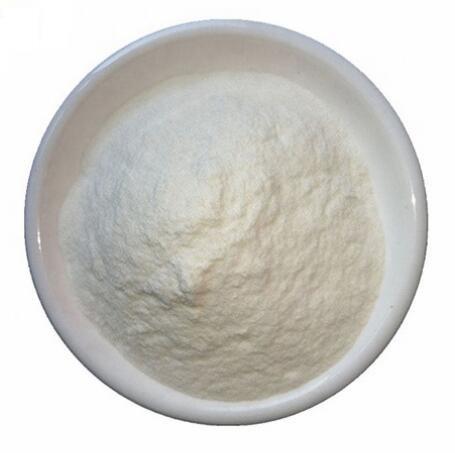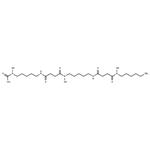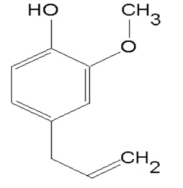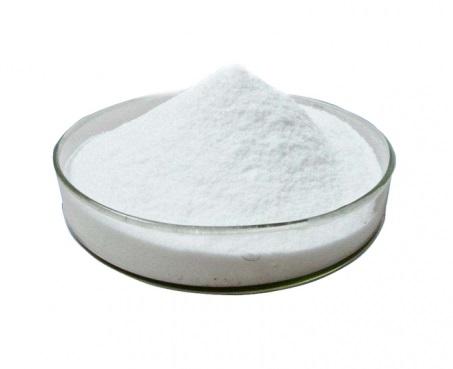Side effects of Deferoxamine
Jan 17,2022
Deferoxamine was introduced in the 1960s for chelation of iron. It is synthesized by removing a central iron molecule from ferrioxamine B, a compound obtained from the microorganism Streptomyces pilosus. Deferoxamine binds to iron from ferritin and forms ferrioxamine, a very stable and water-soluble chelate with a characteristic reddish color.

Uses
Deferoxamine is used for the treatment of both acute iron intoxication and chronic iron overload due to transfusiondependent anemias. It has also been used in trials for malaria treatment and for aluminum chelation in hemodialysis patients. Studies of a rat model of intracerebral hemorrhage have noted that deferoxamine treatment reduced oxidative stress from iron release, indicating a possible role in preventing damage associated with hemorrhagic strokes.
Side effects
Localized infusion or injection site reactions may occur with deferoxamine administration, such as pain, urticaria and flushing of the skin. Hypersensitivity reactions have been documented with both acute and chronic administration of deferoxamine. Some of the more serious side effects include infusion rate-related hypotension, renal insufficiency, neurotoxicity, growth retardation, pulmonary toxicity, and infections. Deferoxamine may induce venous dilation when given at doses greater than 15 mg kg-1 h-1leading to poor venous return, depressed cardiac output, and eventually hypotension.
Increased levels of histamine have been noted during hypotensive episodes, although pretreatment with antihistamines has not been shown to stop the reaction. An acute decrease in glomerular filtration rate and renal plasma flow secondary to hypotension is the possible mechanism underlying the nephrotoxicity induced by deferoxamine. Depletion of iron, translocation of copper, and chelation of other trace elements including zinc may interfere with critical iron-dependent enzymes, causing oxidative damage within various tissues.
These are possible mechanisms thought to be responsible for deferoxamineinduced neurotoxicity, growth retardation, and pulmonary toxicity. In vitro studies have shown that deferoxamine inhibits the synthesis of prostaglandin, hemoglobin, ferritin, collagen, and DNA. The iron–deferoxamine complex, ferrioxamine, is a growth factor for many bacteria and fungi. Deferoxamine has been associated with Yersinia enterocolitica overgrowth and fatal cases of mucormycosis with prolonged therapy.
- Related articles
- Related Qustion
Eugenol (C10H12O2) (CAS No:?97-53-0) is a volatile phenolic constituent of clove essential oil obtained from Eugenia caryophyllata buds and leaves.....
Jan 14,2022APIDeltamethrin is a potent broad-spectrum insecticide used in a range of agricultural, public health, and domestic applications. Deltamethrin is available as a powder, emulsion, thermal fogging concentrate, or concentrate for ultralow volume....
Jan 17,2022Chemical pesticides ?Deferoxamine
70-51-9You may like
- Deferoxamine
-

- $64.00 / 1mg
- 2024-11-14
- CAS:70-51-9
- Min. Order:
- Purity: 99.97%
- Supply Ability: 10g
- Deferoxamine
-

- $64.00 / 1mg
- 2024-11-13
- CAS:70-51-9
- Min. Order:
- Purity: 99.97%
- Supply Ability: 10g
- Deferoxamine
-

- $1.10 / 1g
- 2024-04-17
- CAS:70-51-9
- Min. Order: 1g
- Purity: 99.0% min
- Supply Ability: 100 tons min






